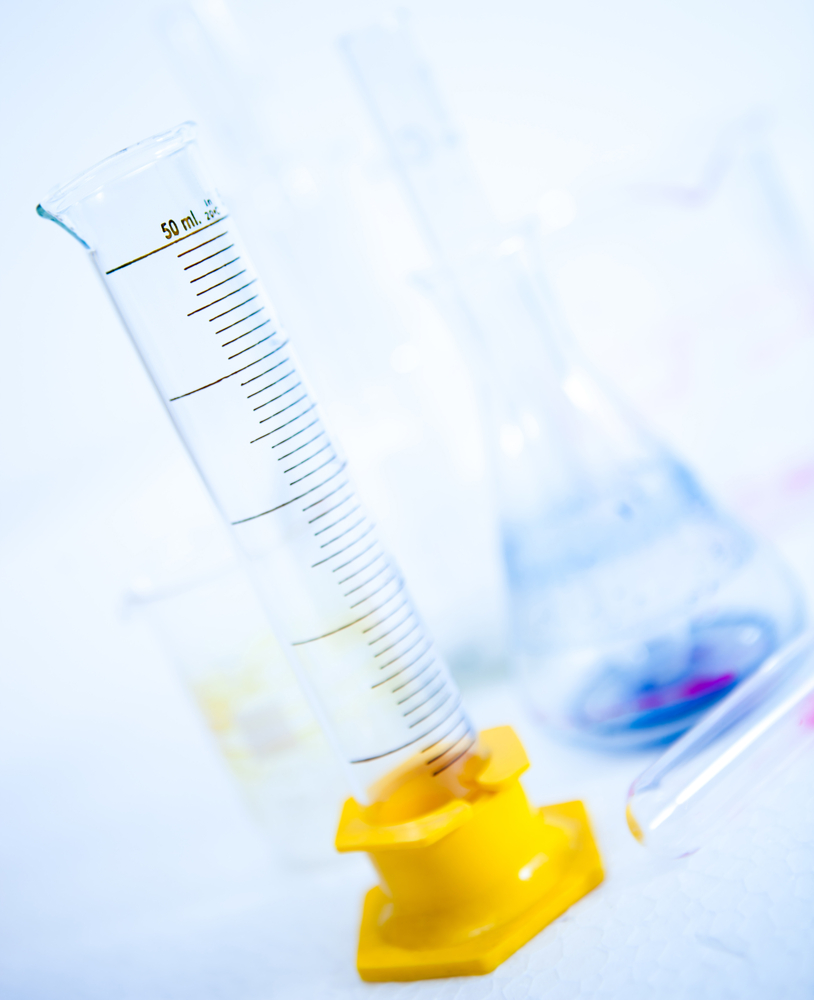Molecular Diagnostics - Part 4: Reportable Range and Reference Interval Best Practices
Our series on molecular diagnostics continues with a look at best practices for two performance characteristics – reportable range and reference interval. These two characteristics need to be verified and documented for FDA-cleared or FDA-approved tests, laboratory-developed tests, and modified FDA-cleared or approved tests.
Reportable range identified through linearity experiments
This characteristic is the span of test results for which you can verify accuracy. It’s often called reportable range, but measuring interval, analytical measurement range, and linear range each refer to the same characteristic.
Verifying a test’s reportable range relies on selecting samples with the highest and lowest values the manufacturer claims can be produced accurately. It’s up to the lab director to decide how to report results outside those levels.
Best practices:
- Real-time PCR assays - a cutoff cycle threshold value can be determined using low positive sensitivity controls or negative validation samples
- Fragment analysis assays - positive controls can be tested to determine the mutant peak size range
- Sanger sequencing and pyrosequencing assays - the reportable range is any nucleotide mutation identified in the codon(s)/exon(s) of the gene of interest, and it can be assessed by testing positive controls and/or positive inter-laboratory validation samples.
Reference interval is your normal range
Since reference interval doesn’t affect the decision about a method’s acceptability, it’s often the last characteristic studied. A reference interval is the range of values from individuals who don’t have the disease or condition being assayed. It provides clinicians with real information about normal versus abnormal results.
Best practices:
- 120 samples are recommended for setting a reference interval (that number can be affected by the condition being tested and control specimen availability)
- Exclude samples with known interfering substances
- Identify criteria for other samples to exclude
- Preserve and test samples through the usual practice for testing patient specimens and identify outliers
- Consider if the normal control range should include males and females
- Determine whether or not to include individuals with medical conditions representative of the patients who will be tested
- Ensure the control range is representative of the ethnicity and age of the population
- Include heterozygous and homozygous samples in the abnormal control group
- Document and monitor the stability of any control material you create
Download Assay Verification Procedures for Molecular Diagnostics to learn more or speak with a representative today by calling 800-676-1881.

To read the final blog article in this series, covering analytical sensitivity and and analytical specificity best practices, click here.
Our AccuSeries linearity and performance panels offer comprehensive out-of-the-box solutions to expedite and simplify assay verification. ACCURUN and AccuSeries ensure complete control over assay performance monitoring.
Questions?
Speak to an LGC Clinical Diagnostics representative today by emailing CDx-Sales@lgcgroup.com, or by calling 800-676-1881.


